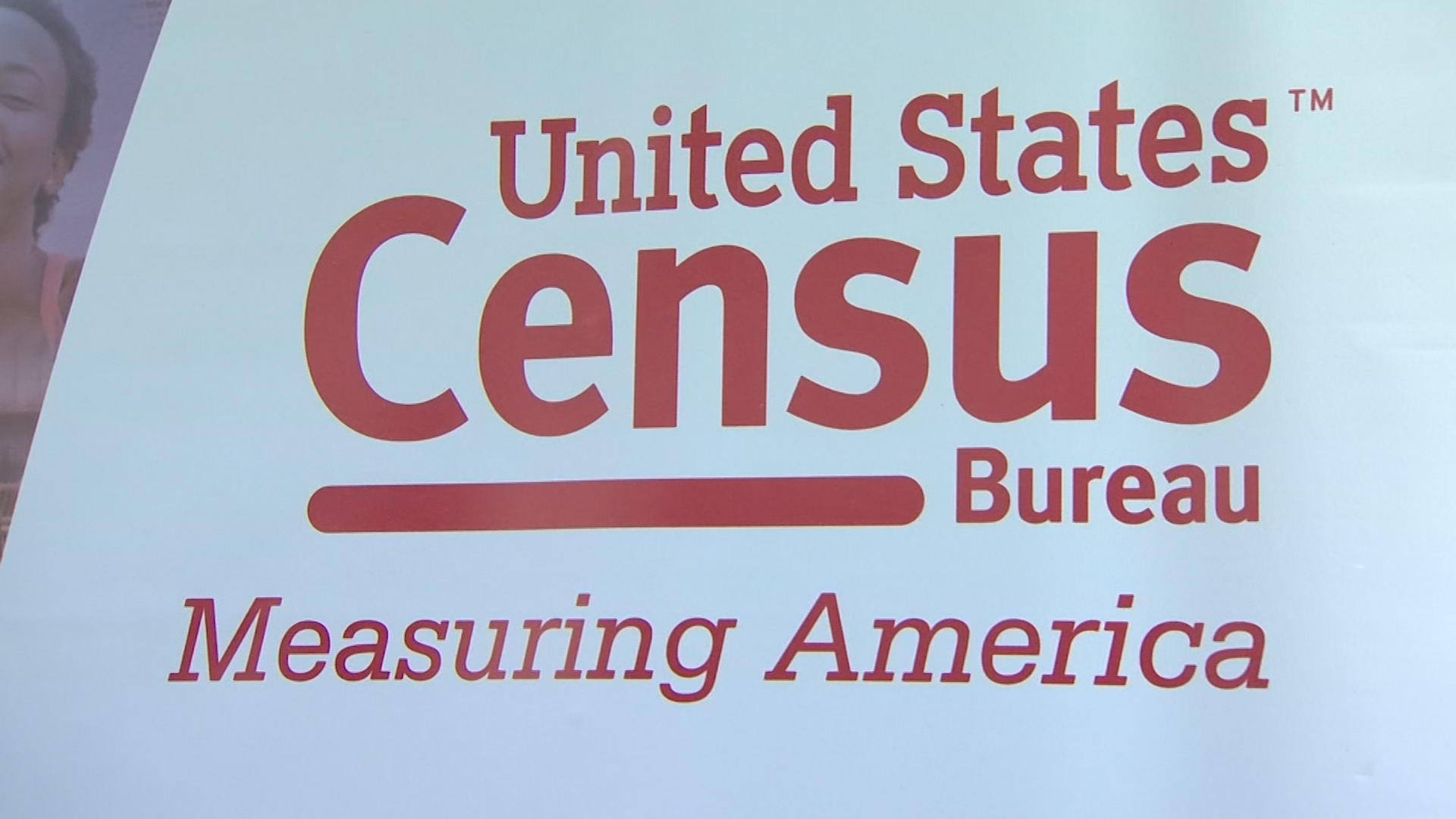
Questions about sexual orientation, gender identity and changes to queries about race and ethnicity are on track to be asked in the most comprehensive survey of American life by 2027, U.S. Census Bureau officials said Thursday.
The new or revised questions on the American Community Survey will show up on questionnaires and be asked by survey takers in as early as three years, with the data from those questions available the following year, officials told an advisory committee.
Watch NBC6 free wherever you are
The American Community Survey is the most comprehensive survey of American life, covering commuting times, internet access, family life, income, education levels, disabilities and military service, among many other topics, with a sample size of more than 3.5 million households.
Get local news you need to know to start your day with NBC 6's News Headlines newsletter.
Some of the revised questions are the result of changes the federal government announced earlier this year about how it categorizes people by race and ethnicity. The changes were the first in 27 years and were aimed at better counting people who identify as Hispanic and of Middle Eastern and North African heritage.
Under the revisions, questions about race and ethnicity that previously were asked separately will be combined into a single question. That will give respondents the option to pick multiple categories at the same time, such as “Black,” “American Indian” and “Hispanic.” A Middle Eastern and North African category also will be added to the choices.
The revised race categories may be implemented sooner, as early as next year for data released in 2026, for the Census Bureau's population estimates which look at annual changes based on births, deaths and migration.
Questions in English and Spanish about sexual orientation and gender identity started being tested in August with trial questionnaires sent out to several hundred thousand households. Testing for in-person interviews will start next spring.
The testing seeks to study the impact of question wording, what kind of answer options should be given and how respondents answer questions about other members of their household in what is known as “proxy responses.” The questions only will be asked about people who are age 15 or older.
On the sexual orientation test question, respondents can provide a write-in response if they don't see themselves in the gay or lesbian, straight or bisexual options. The gender identity test question has two steps, with the first asking if they were born male or female at birth and the second asking about their current gender. Among the possible responses are male, female, transgender, nonbinary and a write-in option for those who don't see themselves in the other responses.
In some test questionnaires, respondents are being given the option of picking multiple responses but in others they can only mark one.
The trial questionnaire also is testing “degenderizing” questions about relationships in a household by changing options like “biological son or daughter” to “biological child.”



